Table of Contents Show
When snowbirds head south for the winter, they’re looking to escape the frigid temperatures of the Northeast or Midwest. When families book a Florida vacation, they’re looking to make lifelong memories and get away from the daily routine. But many visitors fail to explore some of the most beautiful and unique places in the Sunshine State: the Florida National Parks.
The Florida National Parks are wildlife sanctuaries and places of historical significance. You’ll see plants and animals, forts and archaeological mounds, coral reefs and marine life, and more when you explore these sites. Let’s learn more about why you should plan a trip to the Florida National Parks!
How Many National Parks Are In Florida?
There are three National Parks in Florida: Biscayne National Park, Dry Tortugas National Park, and Everglades National Park. They’re all in the southern portion of Florida, with the Everglades covering the most area, wrapping around the bottom of the peninsula to include the southern and western coast. Biscayne is nearby along the eastern shoreline south of Miami, and the Dry Tortugas is only accessible by boat or plane as it lies west of Key West.
Other National Park Service Designations in Florida
The three National Parks aren’t the only areas the federal government protects in Florida. There are also the two National Seashores of Canaveral and the Gulf Islands, two National Monuments, and two National Memorials. Finally, Big Cypress is a National Preserve, and Timucuan is an Ecological & Historical Preserve. Although the three National Parks are in southern Florida, these other sites are along the west and east coasts.
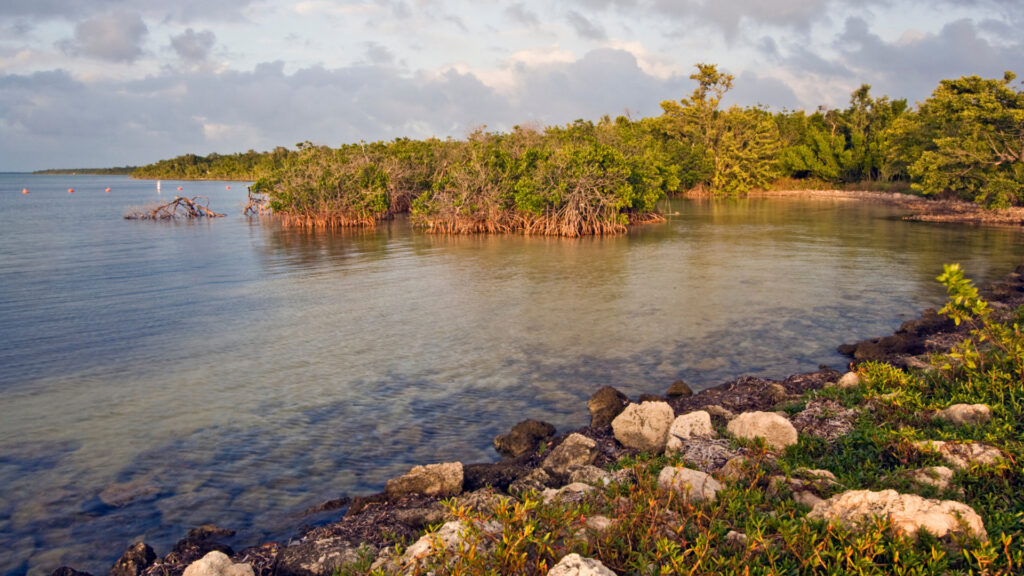
The Florida National Parks You Need to Visit
If you have time, you’ll want to visit all Florida’s National Park sites. There’s something to learn at each location. However, if you’re short on time and need to choose from the eleven sites, visit these seven. From the largest subtropical wilderness in the United States at the Everglades to the white beaches of the Gulf Islands, there’s plenty to see, do, and learn at these Florida National Parks. Let’s dive in!
1. Biscayne National Park
Perhaps the least famous of the three Florida National Parks, the government established Biscayne National Park in 1980 but designated it in 1968 as a National Monument. This is America’s water park, as 95% of the entire National Park is water. The 172,971 acres preserve Biscayne Bay and its offshore barrier reefs. Over 600 native fish live at the preserve, as do West Indian manatees, Atlantic Bottlenose dolphins, American alligators and crocodiles, and numerous turtles, snakes, and birds.
Things To Do: With a National Park that is 95% water, the best way to explore Biscayne is by boat, canoe, or kayak. You can meander through the mangrove forests and shallow bay waters. Guided eco-adventures are also very popular here. The Biscayne National Park Institute offers snorkeling at a shipwreck and along coral reefs, cruises to Boca Chita Key, sailing on Biscayne Bay and Jones Lagoon, and other tours.
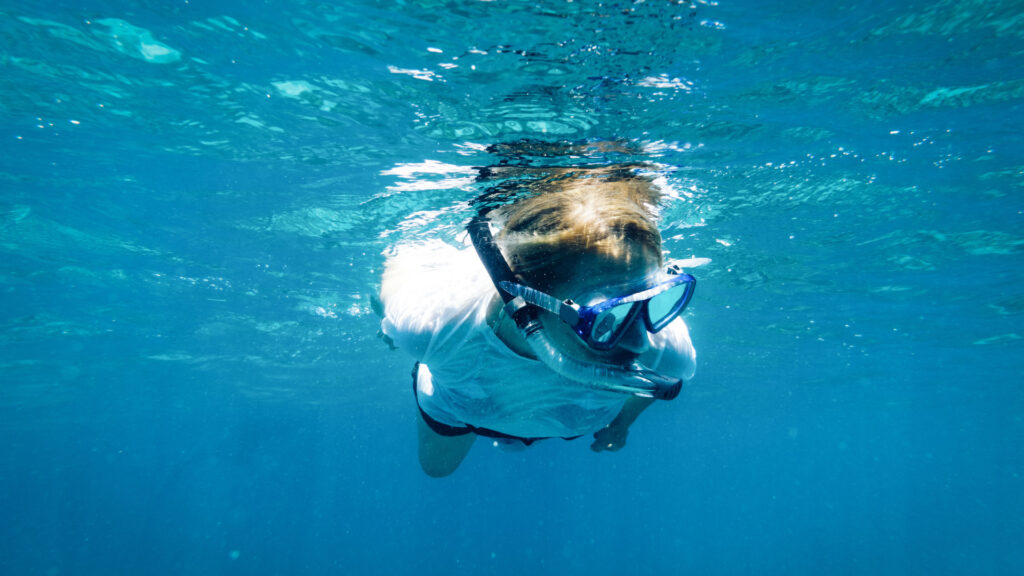
2. Dry Tortugas National Park
One of the least-visited Florida National Parks is Dry Tortugas National Park. However, it’s not because it’s not interesting; it’s because the Dry Tortugas is so remote. Accessible only by boat or plane, it’s relatively expensive to visit this park west of the Florida Keys. The 100 square miles is mainly open water but includes seven small islands. Visitors best know it as the home of Fort Jefferson and home to blue waters, coral reefs, and marine life.
Things To Do: Loggerhead Key is the largest of the islands and is the site of the 1857 Loggerhead lighthouse. Snorkeling is trendy as visitors explore the coral reefs and varied marine life. Fort Jefferson is open for self-guided tours where you can learn about the “Guardian of the Gulf.” If you’re interested in tent camping, Garden Key offers excellent star gazing in this remote location.
3. Everglades National Park
In 1947, Congress established the Everglades as one of the Florida National Parks to preserve the Florida wilderness and protect endangered species like the manatee, American crocodile, and Florida panther. The Everglades also boasts international importance as a World Heritage Site, International Biosphere Reserve, a Wetland of International Importance, and a specially-protected area under the Cartagena Treaty. Migratory birds find sanctuary here, and with nine identified habitats throughout the park, you’ll find thousands of species of animals that call the Everglades “home.”
Things To Do: One of the most common activities is wildlife viewing. To see alligators, visit Shark Valley, walk the Anhinga Trail, or go to Eco Pond. Take your canoe to Snake Bight and Chokoloskee Bay before low tide to see wading birds. Canoeing and kayaking are excellent outdoor activities here, so if you don’t have your own, rentals are available at the park. The ranger-led programs at the Everglades will also educate guests on this unique landscape.
Pro Tip: Many RVers choose to make Florida their Resident state As a Full-Time RVer. Is Florida the right state for you? Let’s find out!
4. Big Cypress National Preserve
Over 729,000 acres of swamplands and wetlands make up Big Cypress National Preserve. The temperate and tropical climates create a habitat of varied wildlife, including the endangered Florida panther. In 1974, the government purchased Big Cypress National Preserve, becoming America’s first National Preserve to preserve this Florida wilderness. Visitors might catch glimpses of an American alligator, a Florida black bear, a Florida manatee, or herons and other wading birds.
Things To Do: There are hundreds of miles of hiking trails throughout the preserve, and almost all 729,000 acres are open to backcountry camping. Birding and wildlife viewing are popular outdoor activities. You’ll spend most of your time outdoors here, taking in the natural beauty of this vast Florida wilderness.
Along the eastern shoreline of Florida is the longest stretch of natural Atlantic coastline in the state. But it’s not just the landscape that makes Canaveral National Seashore special; it’s also the cultural history. Native Americans harvested oysters and clams years before the Spanish landed in Florida. The shells they discarded are in heaps, and archeologists study those piles today at Seminole Rest, Turtle Mound, and Castle Windy.
Things To Do: You can hear the blast of rockets from Cape Canaveral and even enjoy a viewing party at Playalinda Beach. Try fishing in the Atlantic, but learn the local regulations. The Castle Windy Trail is an easy 0.8-mile out-and-back trail that’s also ideal for birding. Visitors can also enjoy kayaking Mosquito Lagoon or launching their boat from Apollo Beach. While it’s not one of the Florida National Parks, it’s worth a visit.
Keep in Mind: Make a trip down to the Florida Keys in your RV! This article will tell you everything you need to know to plan the perfect RV trip to the Florida Keys.
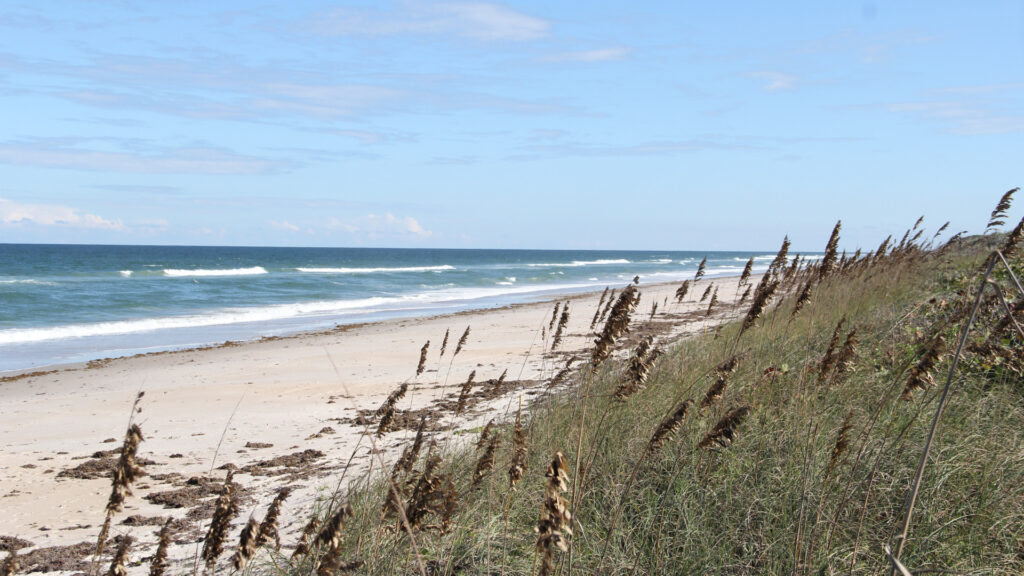
6. Gulf Islands National Seashore
In 1971, Congress established the Gulf Islands National Seashore along Mississippi and Florida’s coastline to protect the history and culture of the land. Fort Pickens takes visitors to the Civil War. Fort Massachusetts gives visitors a glimpse into 19th Century wars.
The people who have called the Gulf of Mexico coastline “home” over the centuries include the Spanish, French, and British. There are stories of African Americans, Japanese Americans, and Apache prisoners of war that tell harrowing tales of our nation’s history. This mesh of history and culture is why Gulf Islands National Seashore should be one of the Florida National Parks you visit.
Things To Do: If you’re looking to explore the outdoors, there are opportunities for birding, hiking, fishing, boating, snorkeling, and swimming. If you want to stay indoors and learn more about the history and culture of the area, there are a few forts within the Florida boundary. Fort Barrancas tells the story of Civil War combat, and Fort Pickens was the largest brick structure on the Gulf of Mexico at its completion.
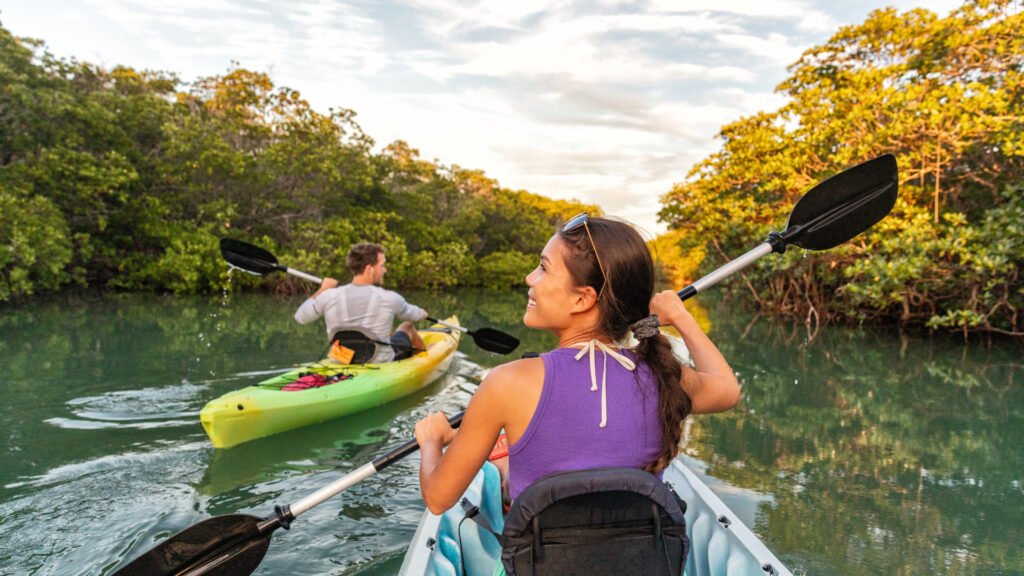
7. Timucuan Ecological and Historic Preserve
Perhaps the least known National Park site on this list is the Timucuan Ecological and Historic Preserve in Jacksonville, Flor. Here you have the clash of cultures between the Spanish and European settlers and the Native Americans. The Timucua were a group of Native Americans, probably about 200,000, who lived about 19,000 square miles of this area. However, by 1800, none were left. At the preserve, visitors can learn about their history and culture to honor and remember this group of people.
Things To Do: One of the best ways to experience the Timucuan Ecological and Historic Preserve is to attend a ranger program. Learn about the Timucuan people, explore slavery in Spanish Florida, or learn about the saltmarsh and this ecosystem’s importance to plant and animal life.
When Is the Best Time to Visit Florida National Parks?
If you can avoid the summers in Florida, you’ll have a much more enjoyable experience. From the southern tip to the panhandle, Florida summers are hot and humid. However, Florida in the winter is paradise. This is why so many snowbirds travel south during the colder months. You’ll encounter more people, but it’s the best time to visit due to the comfortable temperatures.
You might also want to avoid visiting during hurricane season from June 1 until November 30. About 40% of all hurricanes hit Florida, so you don’t want your vacation ruined by a storm. Usually, by the late fall, you have a chance of avoiding hurricanes in Florida.
Plan Your Trip to the National Parks in Florida Today
The next time you visit Florida, don’t only go to Disney World or attend a baseball game. Hit up the Florida National Parks to learn more about ecology and history. Do your part to help preserve these precious lands home to plants and animals found nowhere else on Earth. Unless you have months to explore, you won’t be able to visit them all, but hopefully, you can choose one nearest to your vacation destination.
Which Florida National Park site will you visit first?




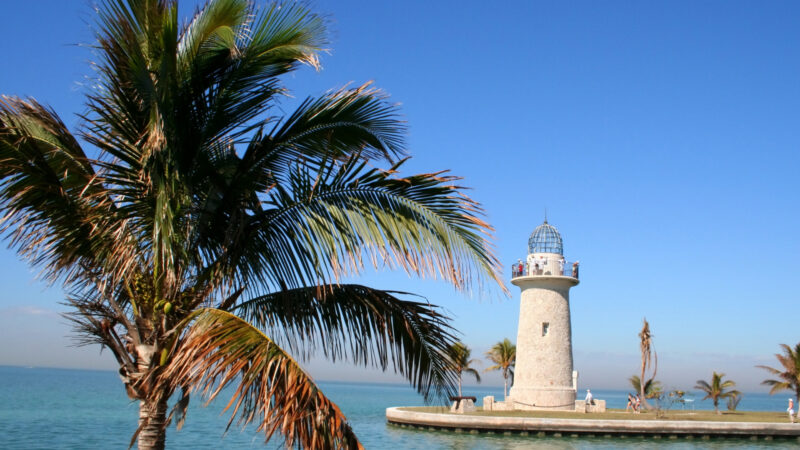


Excellent article. Having been to the Everglades and other parts of Florida, you should mention that good mosquito repellent is a must.
Most important! Bring mosquito repellant when you visit the everglades.